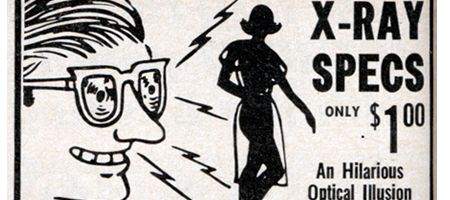Researchers at UT Dallas have designed an imager chip that allows mobile phones to see through walls and other objects.

It uses a new microchip technology, and involves tapping into an unused range in the electromagnetic spectrum, the terahertz band, previously inaccessible for most consumer devices.
“We’ve created approaches that open a previously untapped portion of the electromagnetic spectrum for consumer use and life-saving medical applications,” says Dr Kenneth O. “The terahertz range is full of unlimited potential that could benefit us all.”
The invention also depends on the use of CMOS (Complementary Metal-Oxide Semiconductor) technology, found in personal computers, smart phones, high definition TV and game consoles.
“CMOS is affordable and can be used to make lots of chips,” says O. “The combination of CMOS and terahertz means you could put this chip and receiver on the back of a cellphone, turning it into a device carried in your pocket that can see through objects.”
Because of privacy concerns, Dr O and his team are focusing on a distance range of less than four inches. Applications could range from finding studs in walls to authentication of important documents.
Businesses could use it to detect counterfeit money, and manufacturing companies could apply it to process control.
Terahertz can also be used for imaging to detect cancer tumors, diagnosing disease through breath analysis, and monitoring air toxicity.
“There are all kinds of things you could be able to do that we just haven’t yet thought about,” says O.






